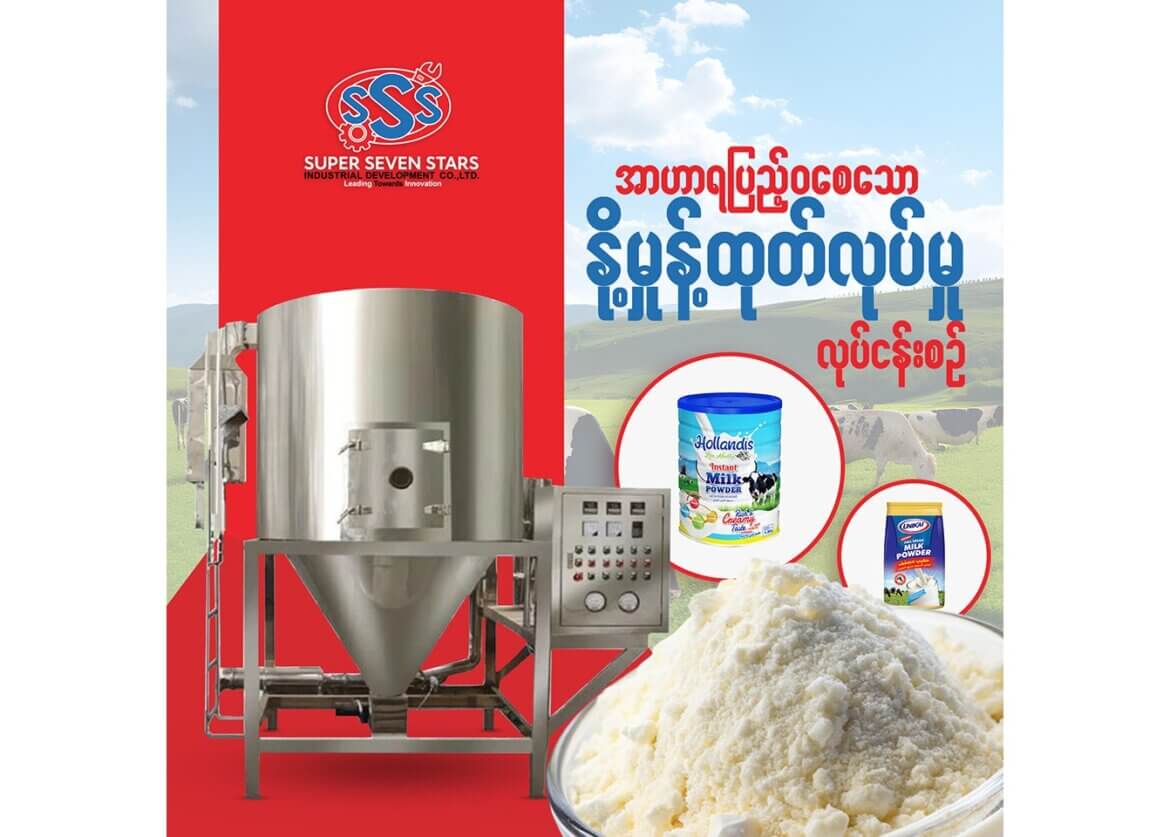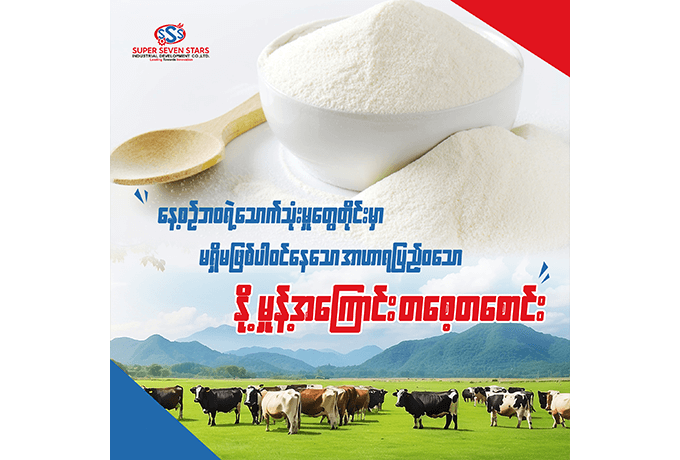ဓလေ့ထုံးတမ်း တန်ဖိုးသတ်မှတ်မှုများနဲ့ ကော်ဖီယဉ်ကျေးမှု
The coffee culture around the world differs based on how coffee is consumed, how it is prepared, and how it is served.
Through coffee culture, it is clear that it serves as one of the best ways to express lifestyle, greetings, affection, and respect.
Although coffee culture may vary depending on the customs and ethnicity of each country, the fundamental similarity lies in its ability to unite people. Coffee is not only consumed as a beverage but also recognized as a global phenomenon that reflects cultures and traditions around the world.
Although the presentation methods, tastes, and varieties of coffee vary greatly, coffee is universally recognized as a singular beverage capable of offering a distinct and refreshing experience.
A cup of coffee can also serve as an excellent way to connect two people. For example, sharing a cup of coffee with a friend or acquaintance can foster a warmer relationship and create opportunities for a variety of conversations.
Drinking coffee offers numerous benefits. A cup of coffee can effectively counteract fatigue, aid in fat metabolism, and enhance physical activity. Additionally, it may reduce the risk of certain diseases such as cancer, diabetes, and Alzheimer's, contributing to longer and healthier life.
Globally, over 400 billion cups of coffee are consumed annually, with more than 2.25 billion cups being consumed each day. Coffee is an essential part of daily life, and exploring the diverse cultural practices and unique coffee traditions of different countries within the coffee world can offer valuable insights.
Italy - The Birthplace of Espresso Coffee Culture
The espresso coffee culture originated in Italy, where coffee is traditionally served in small cups. In Italy, coffee shops are often referred to as "Espresso Bars" or "Cafés," and they are considered the ideal places for friends and acquaintances to meet and socialize. The quintessential Italian coffee experience involves enjoying an espresso while standing at the coffee counter, engaging in conversation with friends, which is a key part of Italian coffee culture.
Ethiopia - The Place Where Coffee Ceremonies Are Celebrated
အီသီယိုးပီးယားနိုင်ငံတွင် ကော်ဖီသည် သောက်စရာအဖျော်ယမကာတခုသာမက ဧည့်ဝတ်ကျေပွန်မှု သင်္ကေတတခုအဖြစ် တွေ့မြင်ရမှာဖြစ်ပါသည်။ အီသီယိုးပီးယားနိုင်ငံရှိ ရိုးရာကော်ဖီပွဲတော်တွင် ကော်ဖီစေ့ကို လှော်၍ လက်ဖြင့်အခွံချွတ်ကာ ရရှိလာသော ကော်ဖီစေ့များကို မြေအိုးတွင်ထည့်ပြီး ကော်ဖီမှုန့်ပြုလုပ်ခြင်းကို Jebena ဟု ခေါ်ကြပါသည်။ ကော်ဖီပွဲတော်အခမ်းအနားတွင် ပါဝင်သူများသည် အတူတကွ လုပ်ဆောင်ကြရင်း သင်းပျံ့စွဲမက်ဖွယ်ကော်ဖီ၏ အနံ့ကို ပျော်ရွှင်စွာရရှိခံစားစေပါသည်။
Turkey - Tradition, History, and Process
တူရကီကော်ဖီသည် အော်တိုမန် အင်ပါယာမှ စတင်ခဲ့ပြီး မှတ်သားစရာ ရှည်လျားသော သမိုင်းကြောင်း ရှိခဲ့ပါသည်။ ကော်ဖီပြုလုပ်ရာတွင် ကော်ဖီစေ့များကို အမှုန့်ဖြစ်အောင် ကြိတ်ပြီး တမူထူးခြားသော Cezve ဟုခေါ်သော အိုးထဲတွင် ရေနှင့် ဆူအောင်တည်ပေးရပါသည်။
ထို့နောက် သေးငယ်သော ကော်ဖီခွက်တွင်ထည့်၍တည်ခင်းပေးပြီး တူရကီမုန့်အချို (သို့) တခြားအချိုအရသာရှိသောမုန့်များနှင့်တွဲဖက်၍ တည်ခင်းကြပါသည်။ တူရကီ ကော်ဖီ၏ အရသာပြင်းပြင်းနှင့် ကော်ဖီခွက်တွင်ကျန်ရှိသော ကော်ဖီစေ့အမှုန့်များကို ဖတ်ရှုခြင်း အနုပညာကို tasseography ဟူ၍လည်းလူသိများထင်ရှားပါသည်။
United States - The Rise of Specialty Coffee
In recent decades, specialty coffee consumption in the United States has increased dramatically. Coffee culture in this region has grown to emphasize coffee beans' diverse origins, creative brewing processes, and the art of latte preparation. American coffee shops serve a diverse range of tastes, including several forms of espresso and cold brews. Today, the American coffee landscape is distinguished by an emphasis on quality, sustainability, and technological innovation, which has shaped the country's contemporary coffee experience.
Vietnam - The Bold Flavor of Vietnamese Coffee
ဗီယက်နမ် ကော်ဖီသည် ၎င်း၏ ကော်ဖီအရသာမှာပြင်းပြီး ထူးခြားသော အရသာကြောင့် လူသိများပါသည်။ နို့ဆီထည့်ထားသောခွက်ထဲသို့ ကော်ဖီကိုတိုက်ရိုက်ထည့်ပြီး ဖျော်ပေးသော သမားရိုးကျနည်းမှာ ဗီယက်နမ်ကော်ဖီ၏ ရှေးကျသော ဖျော်စပ်ပုံဖြစ်ပါသည်။
ဗီယက်နမ်လူမျိုးများသည် လမ်းဘေးကဖေးဆိုင်များတွင် ထိုင်ပြီး မြို့ပြအလှကိုခံစားရင်း ဗီယက်နမ်ကော်ဖီကို အရသာခံသောက်သုံးသော ယဥ်ကျေးမှုတရပ် ထွန်းကားလာခဲ့ပါသည်။
France - Innovation and Grandeur
French coffee culture is deeply intertwined with the nation's history, celebrated for its innovation and grandeur. The French place great importance on quality and creativity in their coffee. The most popular coffee type in France is the Espresso, often served in small cups known as "Tosses." French coffee has become a significant symbol of French culture, with cafés serving as key social hubs where people gather to converse and engage in discussions.
The coffee culture in France encourages savoring coffee leisurely, often accompanied by delicious croissants or other pastries. French coffee culture provides a sense of relaxation, appreciation for quality, and an enjoyment of life's simple pleasures.
In summary, coffee culture reflects the unique traditions, customs, and diverse tastes of people in each country. Exploring global coffee cultures allows for a deeper understanding and appreciation of the different ways coffee is valued around the world.
Super Seven Stars Industrial Development Co., Ltd. offers entrepreneurs the opportunity to produce and sell high-quality, coffee. For more information, contact our hotline at 09-940844255 or email us at info@sssindustrialdevelopment.com.





